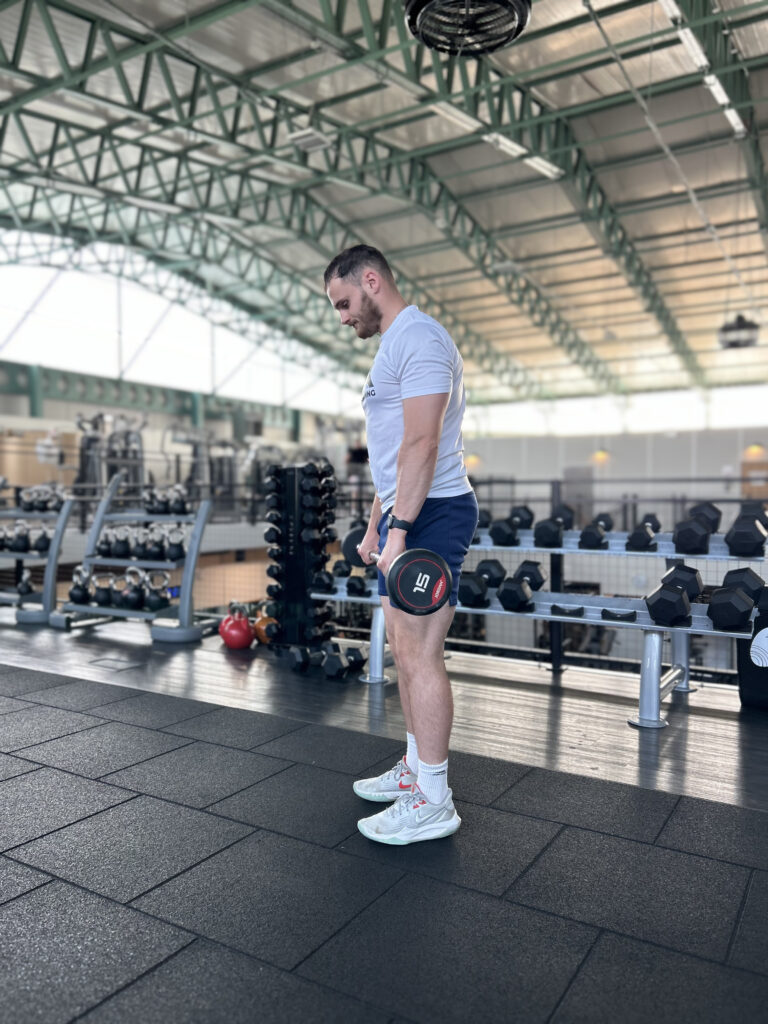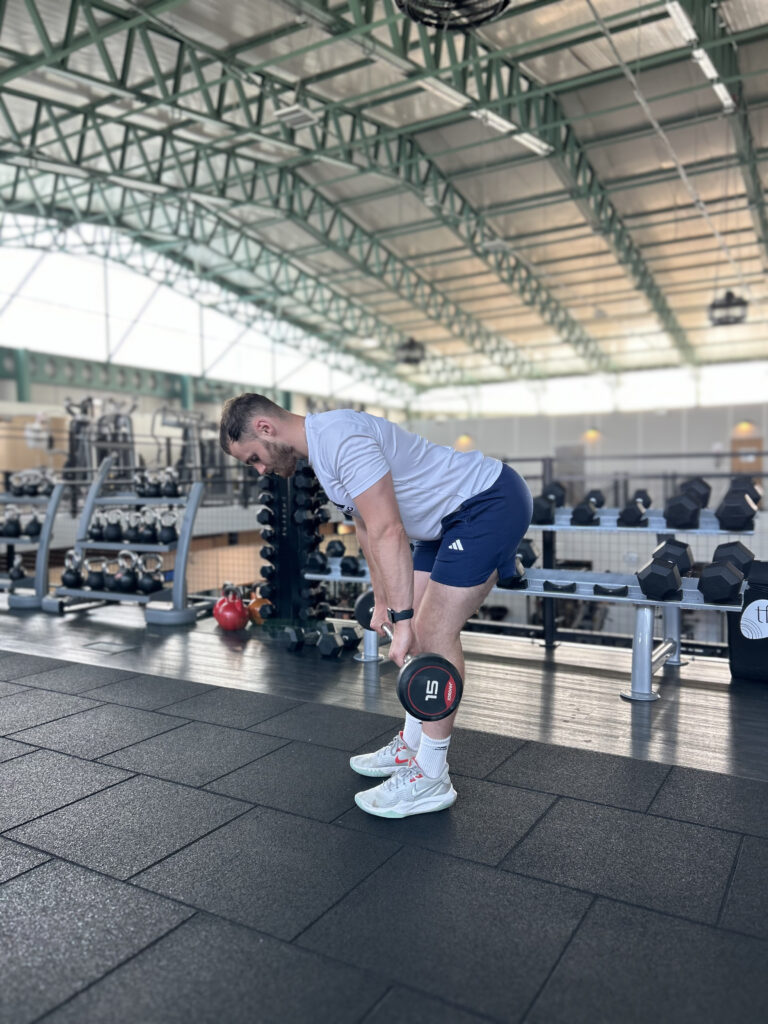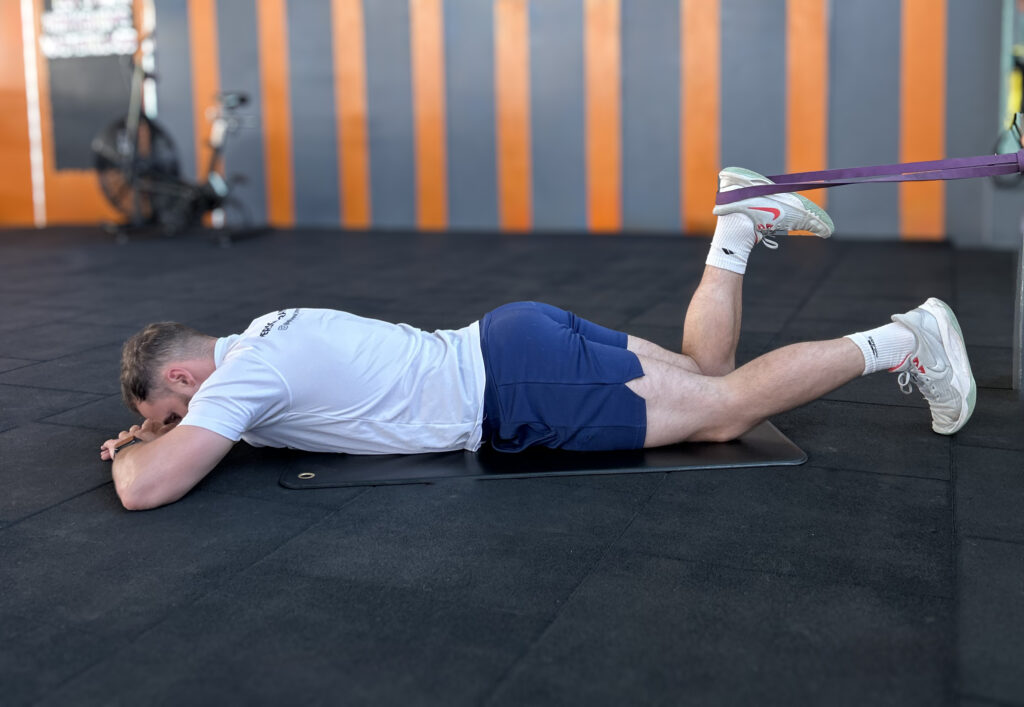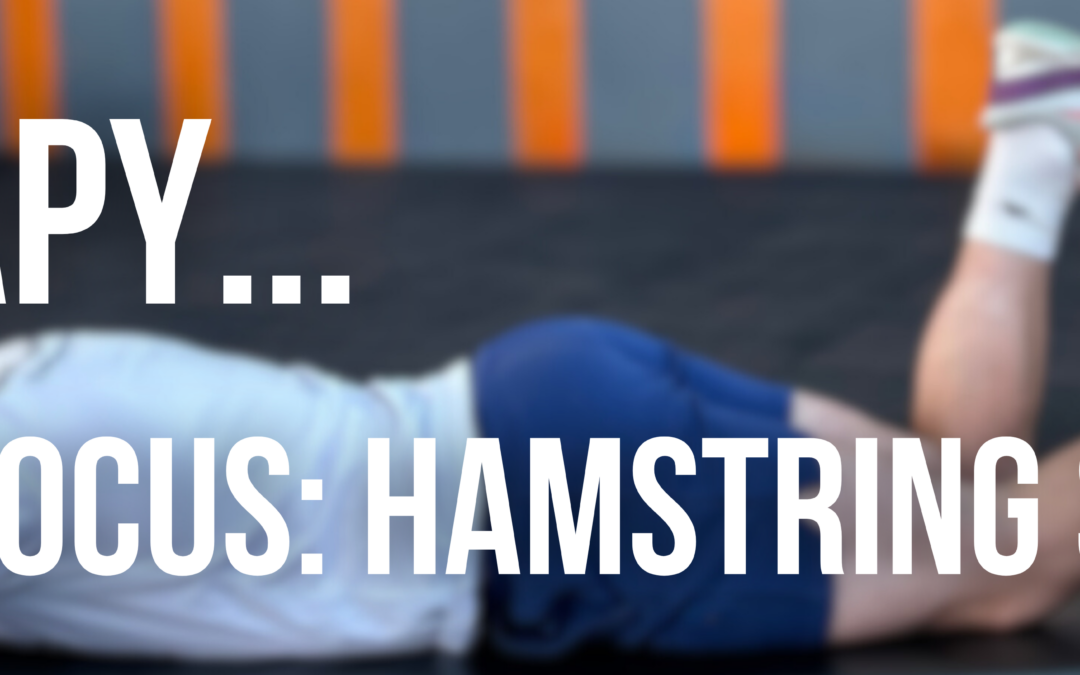Hamstring injuries are among the most common and frustrating injuries in sports. In the UK, they account for 12-16% of all injuries in professional football, with a recurrence rate as high as 22% within the first two months after return to play. The hamstring muscle group consists of three muscles: the biceps femoris, semitendinosus, and semimembranosus. These muscles play a crucial role in hip extension and knee flexion, making them vital for activities like running and jumping.
The hamstrings are particularly susceptible to injury during maximal sprinting due to the high forces they must generate and absorb. During the late swing phase of sprinting, the hamstrings work eccentrically (muscle lengthening) to decelerate the lower leg. This combination of lengthening under load, coupled with the rapid transition to a concentric contraction (muscle shortening) during the stance phase, puts immense stress on the muscle group, making it prone to strains and tears.
Hamstring Strain Grades:
There are 3 different grades of hamstring strains. Grade 1 is usually easier to recovery from as it is milder, whereas Grade 3 is much more serious and sometimes requires surgery to fix.
Grade 1:
- Mild injury.
- Mild pain and minimal swelling.
- Minor tearing of muscle fibres.
- Slight limitation in movement.
- Recovery time: 1-3 weeks.
Grade 2:
- Moderate injury.
- Partial tearing of muscle fibres.
- Moderate to severe pain and noticeable swelling.
- Significant limitation in movement.
- Recovery time: 4-8 weeks.
Grade 3:
- Severe injury.
- Complete or nearly complete muscle tear.
- Severe pain and significant swelling.
- Severe limitation in movement, often unable to walk without aid.
- Recovery time: 3 months or more, may require surgery.
Prehab
To reduce the risk of hamstring injuries and improve performance, it’s crucial to train them effectively. Here are some key considerations for hamstring training:


Eccentric Strength Focus
Since many hamstring injuries occur during the eccentric phase of muscle action, emphasizing eccentric training is crucial. Eccentric training is when we lengthen the muscle under tension. Exercises like slow-lowering Romanian deadlifts and Nordic hamstring curls are excellent for developing eccentric hamstring strength.
Training at Different Muscle Lengths
Train the hamstrings at different lengths to ensure strength throughout the range of motion. This can include short length banded hamstring curls and prone hamstring curls to full range of motion.

Lower Body Strength and Power
Improving your overall lower body strength and power helps many things. In this case being able to produce high forces will only come to assist you during your sport or fitness activities. For strength, use a barbell squat or a trap bar deadlift with heavy weight and progressively overload it. For power, perform jumps as fast and powerful as you can for 2-6 reps. Your hamstrings, as well and your overall body will thank-you for it!
Sprint Exposure
For athletes, particularly those in team sports like football, it’s crucial to include some sprint training. However, this should be done carefully:
- Start with submaximal sprints and gradually progress to maximum effort.
- You don’t have to do loads of sprints for it to be effective. Every sprint should be high quality.
- Begin with shorter distances (10-20m), then when you get better at them, increase the distance.
- Try to do 1-2 sprint sessions a week.
- Ensure adequate warm up, cool down and recovery between sessions.
Recovery
Often hamstrings strains can occur because of in-effective recovery. Small micro-tears in the hamstring muscle are a normal thing after training hard in the gym or on-field. However, too often than not, people go back to training when the hamstrings have not fully recovered, meaning those small micro-tears turn into bigger ones! When trying to optimise your recovery think about these things:
- Stretching and cooldowns.
- Massage and sports therapy.
- Nutrition.
- Sleep.
- Overtraining.
Get in touch if you feel like you could benefit from help with hamstring prehab or recovery!

